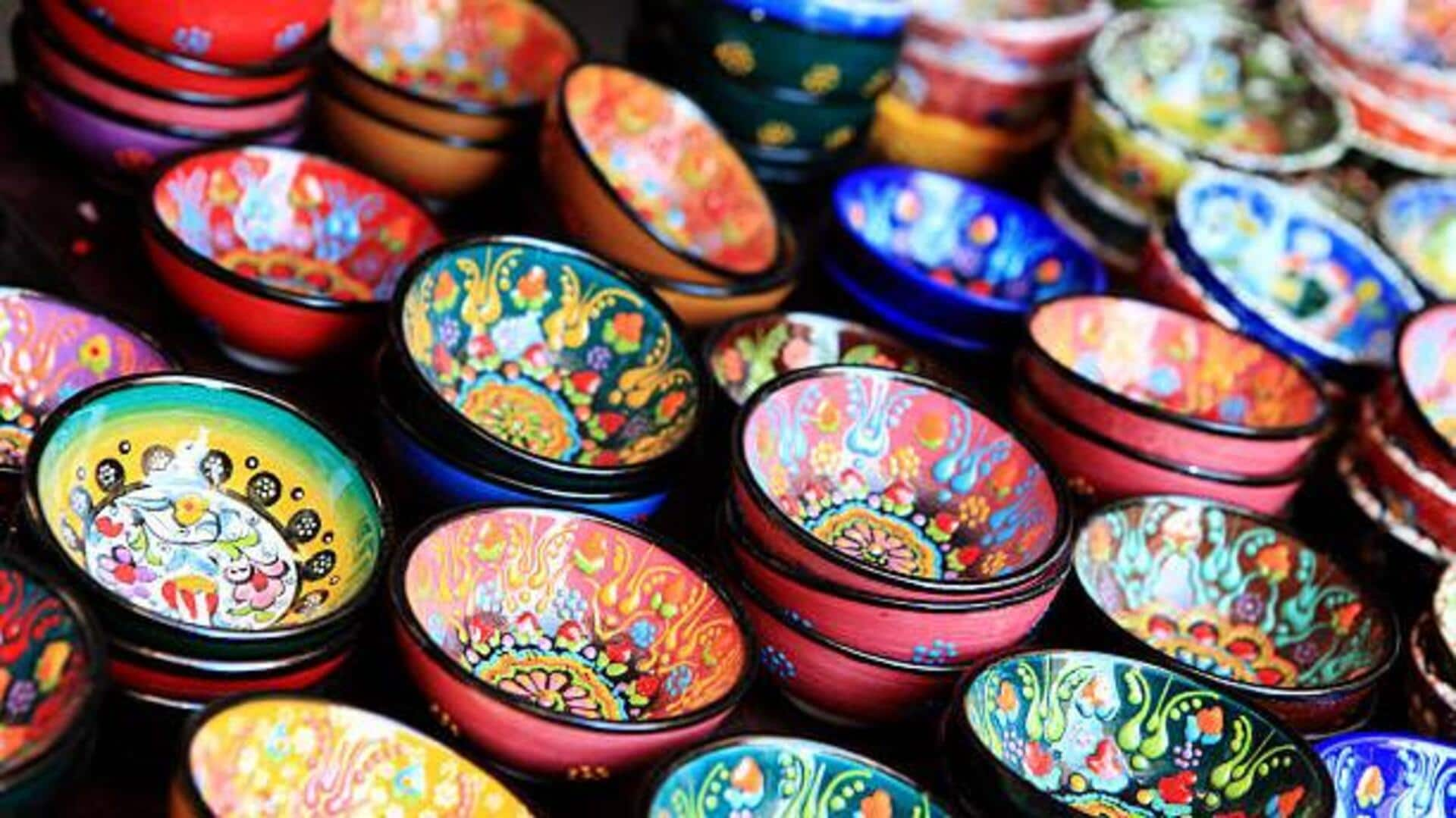
How pottery is redefining modern ceramics
What's the story
From unique techniques to cultural significance, African pottery methods are taking global art scenes by storm. The traditional practices, which have been passed down generations, provide a whole new outlook towards the process of pottery making. Today, artists across the globe are adopting these methods in their work, sparking a renaissance for handcrafted art forms. Here's how African pottery is shaping contemporary art, and what techniques are being adapted by artists around the world.
Hand-building
Traditional hand-building techniques
Hand-building is a basic technique in African pottery where artisans mold clay solely with their hands and basic tools. This allows more creativity and individuality in every piece. Unlike wheel-thrown pottery, hand-built pieces tend to have organic shapes and textures that showcase the artist's personal touch. Many contemporary artists love this approach for its authenticity and ties to ancient traditions.
Natural materials
Use of natural materials
Traditionally, African potters use locally sourced materials, like clay from riverbeds or termite mounds. These natural resources give the pottery distinct colors and textures that synthetic materials cannot replicate. The use of natural materials also aligns with sustainable practices, which is increasingly important to modern artists who prioritize environmental consciousness in their work.
Cultural symbols
Incorporation of cultural symbols
African pottery also features intricate designs that carry cultural significance, like tribal symbols or patterns depicting local folklore. These motifs tell stories or convey messages about community values and beliefs. By incorporating these symbols into their work, contemporary artists can create pieces that not only serve as functional objects but also as storytelling mediums that connect different cultures.
Firing techniques
Firing techniques without kilns
Many African potters opt for open-air firing methods instead of kilns to harden their creations. This technique involves placing pots directly on a fire made from wood or other combustible materials. The process yields unique surface effects as a result of temperature variation and exposure to smoke during firing. Artists outside Africa are adopting these methods to achieve similar aesthetic qualities, while embracing more traditional approaches to ceramics.
Community workshops
Community-based workshops
In many African communities, pottery is a communal craft, shared in workshops or gatherings. This environment encourages creativity and preserves skills within the community, contrasting with the solitary creation processes prevalent elsewhere. Here, the focus is on collective effort and shared goals, ensuring no one is left behind.